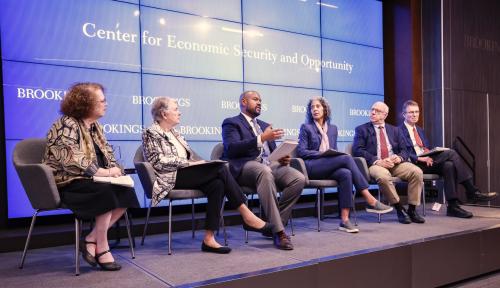The Problem
The central cash welfare program for families with children in the United States, Temporary Assistance for Needy Families (TANF), currently fails to reach a significant number of poor families and—because of its block grant structure—is unable to expand during economic downturns, when families’ needs are greatest.
The Proposal
Congress would pass legislation to make TANF a stronger part of the safety net that effectively targets populations in need of assistance. In addition, recession-linked temporary funds and relaxation of work and other requirements would allow TANF to expand in an economic downturn, when it is most important for the program to reach needy families. Finally, Congress would require states to provide additional information about the use of TANF funds and the labor market outcomes for TANF recipients, enhancing the transparency of the program and permitting a more-informed assessment of its effectiveness.
Abstract
The Great Recession was the longest and by some measures the most severe economic downturn in the postwar period. The experience revealed important weaknesses in the central cash welfare program for families with children in the United States, Temporary Assistance for Needy Families (TANF). First, TANF fails to reach a sizeable share of needy families, does little to reduce deep poverty, and is not targeted to the most needy. Second, in its current form the program does not automatically expand during economic downturns, when the need for the program is likely greatest and the additional consumer spending would be particularly welcome. To strengthen TANF, we propose reforms to expand its reach, improve its responsiveness to cyclical downturns, and enhance its transparency. Together these reforms would make the program more effective in protecting families from deep poverty.








